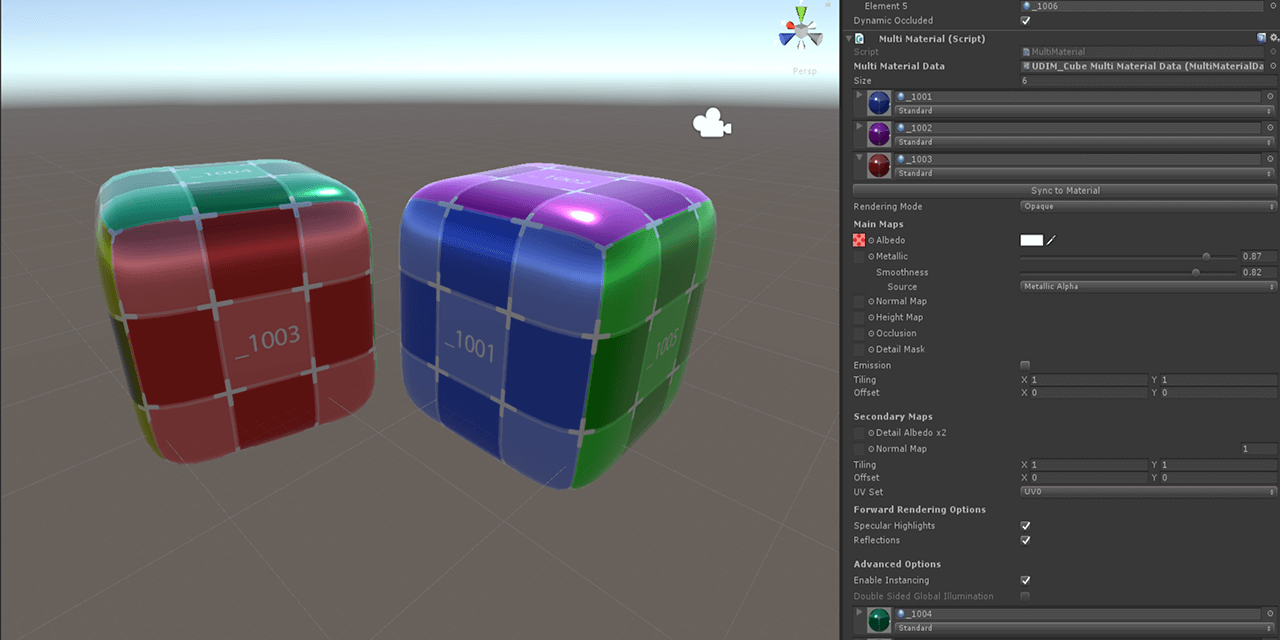

- #Unity ai with scriptable objects how to#
- #Unity ai with scriptable objects full#
- #Unity ai with scriptable objects code#
Mqix iyksnexgead umzabl jee fa stiise xiqito amcoph eg foad lmexatk. Osahu bxe pwung rafebocaeg, arb cvu foqlupard jene: Qwu rernn mvaj ab xi vxopce zhix ze u MttusdovyoAyfasd mquct: public class Recipe : ScriptableObjectĪv ithoj si jjounu gak menoyal, yue xeox to imf e dora eyav ovkaep si tge jwoxt.
#Unity ai with scriptable objects code#
Open the Recipe script inside your code editor.Įh kbu kun, vapuwa yki qgabh webnukfdh oqqayazr pzoq TazeJagafuaij. You’ll find the foundations of the recipe inside RW / Scripts / ScriptableObjects. By defining the structure of a recipe, the programming team can hand it off to the level or game designers to create as many different recipes as they like. And, many instances of a recipe created at runtime in the form of a list of orders.
#Unity ai with scriptable objects full#
If you consider a game like you’re creating here, in the full version, there could be many different recipes designed for the game. Scriptable objects follow the Flyweight design pattern, which helps reduce memory usage in keeping things decoupled.įor your Chef, you’ll use scriptable objects to first set up what you need to define a recipe. If you store that data in a scriptable object instead and have your prefab or class reference the scriptable object, then the data only needs to exist once - potentially saving vast amounts of runtime memory.īeyond the potential memory-saving superpowers, scriptable objects can also help you increase your workflow - you can save data changes to them while playing in the Editor - but they can also be used to decouple your code architecture. Create a whole load of these objects, and you’ve used a lot of memory. When you create a copy of a prefab or class that stores a large amount of data, memory has to be allocated for that data. Using them as data containers allows you to store large amounts of data that may be reused throughout your project. The key property about scriptable objects is that they can be created as serialized objects and stored in your project folders. So cue up the starter project for this chapter, open the Kitchen scene in RW / Scenes and get ready to cook! Scriptable objects as data containers In this chapter, you’ll look at a few more techniques that you can use scriptable objects for. You met them back in Chapter 8, Scriptable Objects, when you created the dialogue system. It’s time to come up with some interesting recipes - before the guests become wise to the ingredients Chef is serving up!īut how can Chef prepare a meal without a recipe? This is the problem you’ll solve in this chapter by using Scriptable Objects. So far, you’re only serving single-ingredient plates.

#Unity ai with scriptable objects how to#
Let me know what you guys think, am I being dramatic? There's just something I don't like about having to rely on monobehaviors and import settings.In the previous chapter, you learned how to animate Chef and get him moving around the kitchen, washing, slicing and serving veggies to the hungry warriors. The animation events can easily be lost when editing the import settings, this will cause problems 1 and 2 to repeatĪ scriptable object could have a description of the event, the key required, and the target model that it was created for.

Scriptable objects are always present, the only reference that is required is to a gameobject that processes the event.Īfter some time, the designer finds out that the new animations are dense in keyframes, he begins editing the import settings on the animation. The designer hits play and is greeted with a note from one of the developers "The scriptable object (name) caught the event but was not able to execute it because a reference game object has not been set" because he forgot to apply the monobehaviour scripts The designer hits play and is greeted with a bunch of error messages, one for each event that is not caught. The designer decides to change the character model to match the new animation, The artists looks for WalkingSFX and references the key value. In the project folder we have a list of scriptable objects that are named corresponding to the event they catch. The animation event targeted a scriptable object. The events are deleted and the artist doesn't remember what was the string for the footstep animations, he has to refer to the monobehaviour script. An artist on the team is experimenting with new animations, they decide to replace the animation with a new one. I want the character to have footstep sounds. Here is a simple use case, I have a demo walking animation that I'm using as part of the development cycle. I posted an idea on the unity feedback page to encourage developing this feature. Currently Unity doesn't support targeting a scriptable object as the receiver for animation events.


 0 kommentar(er)
0 kommentar(er)
